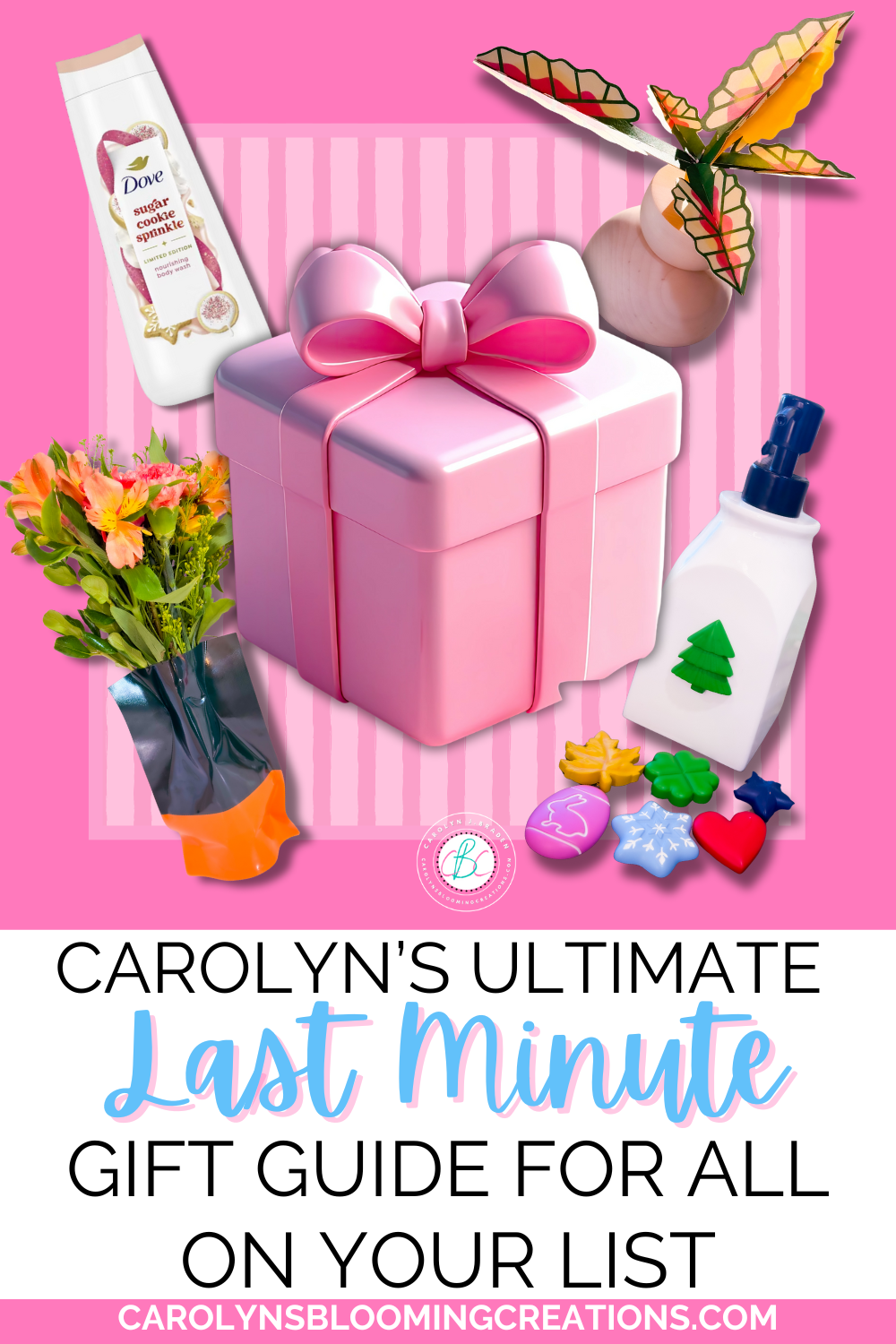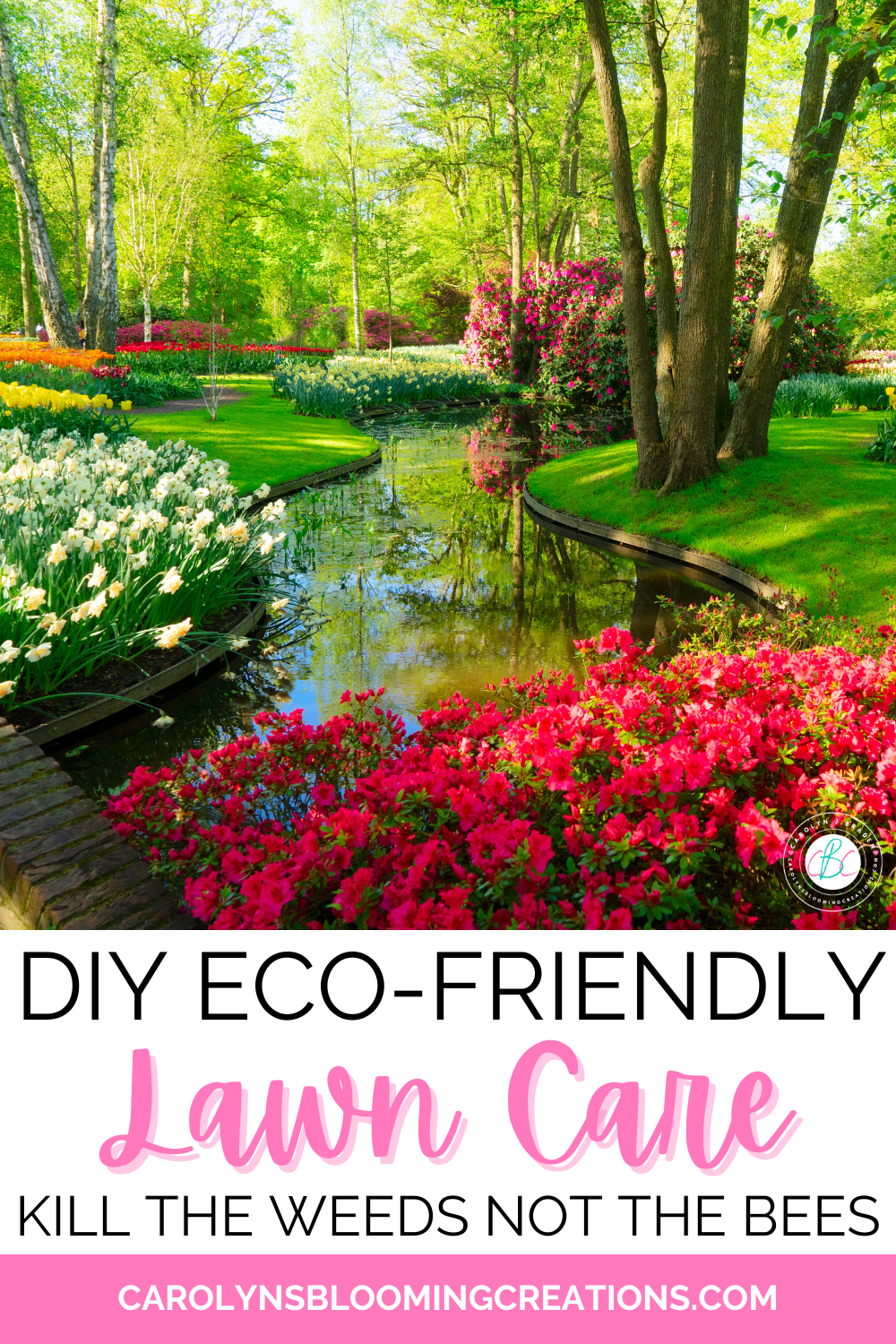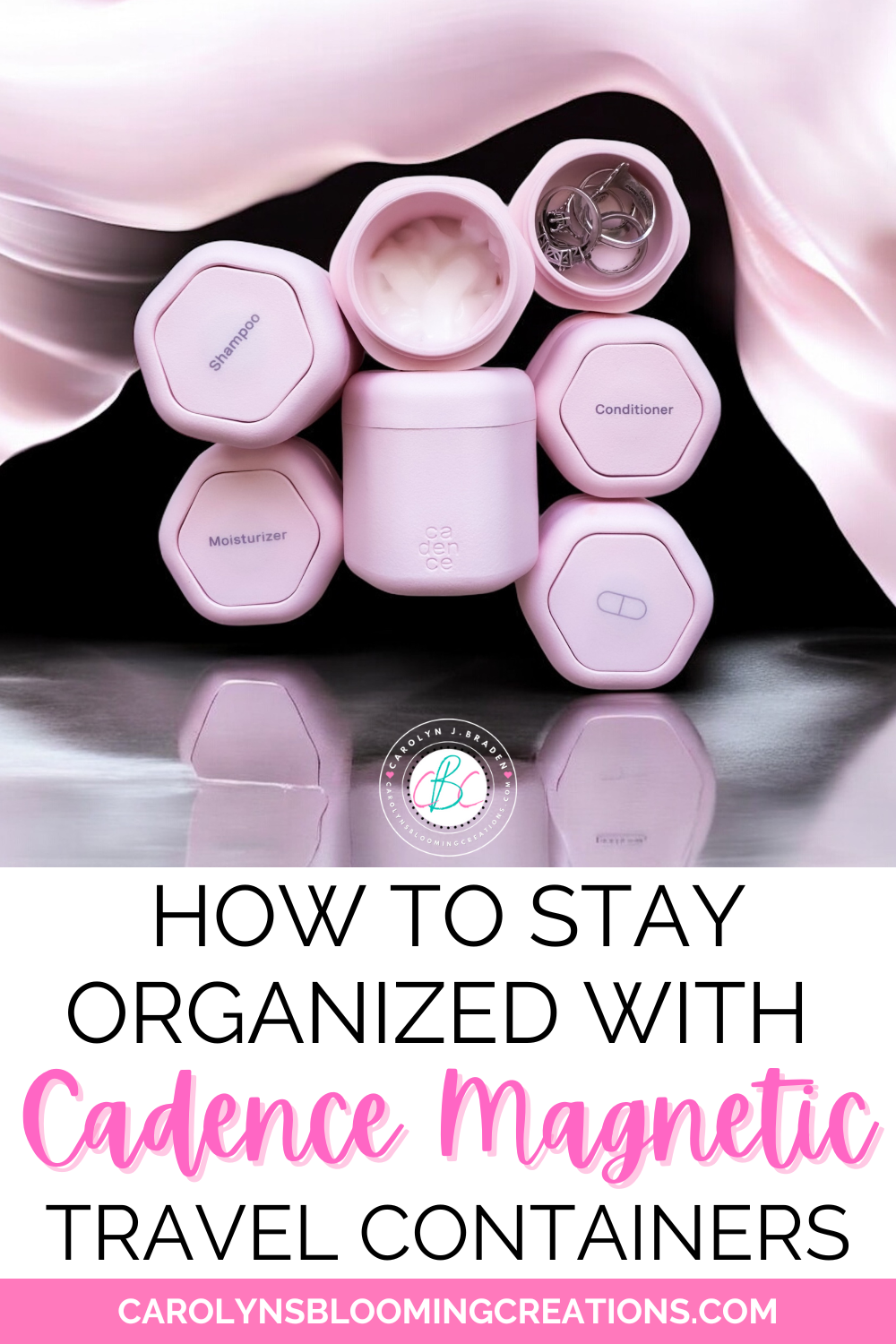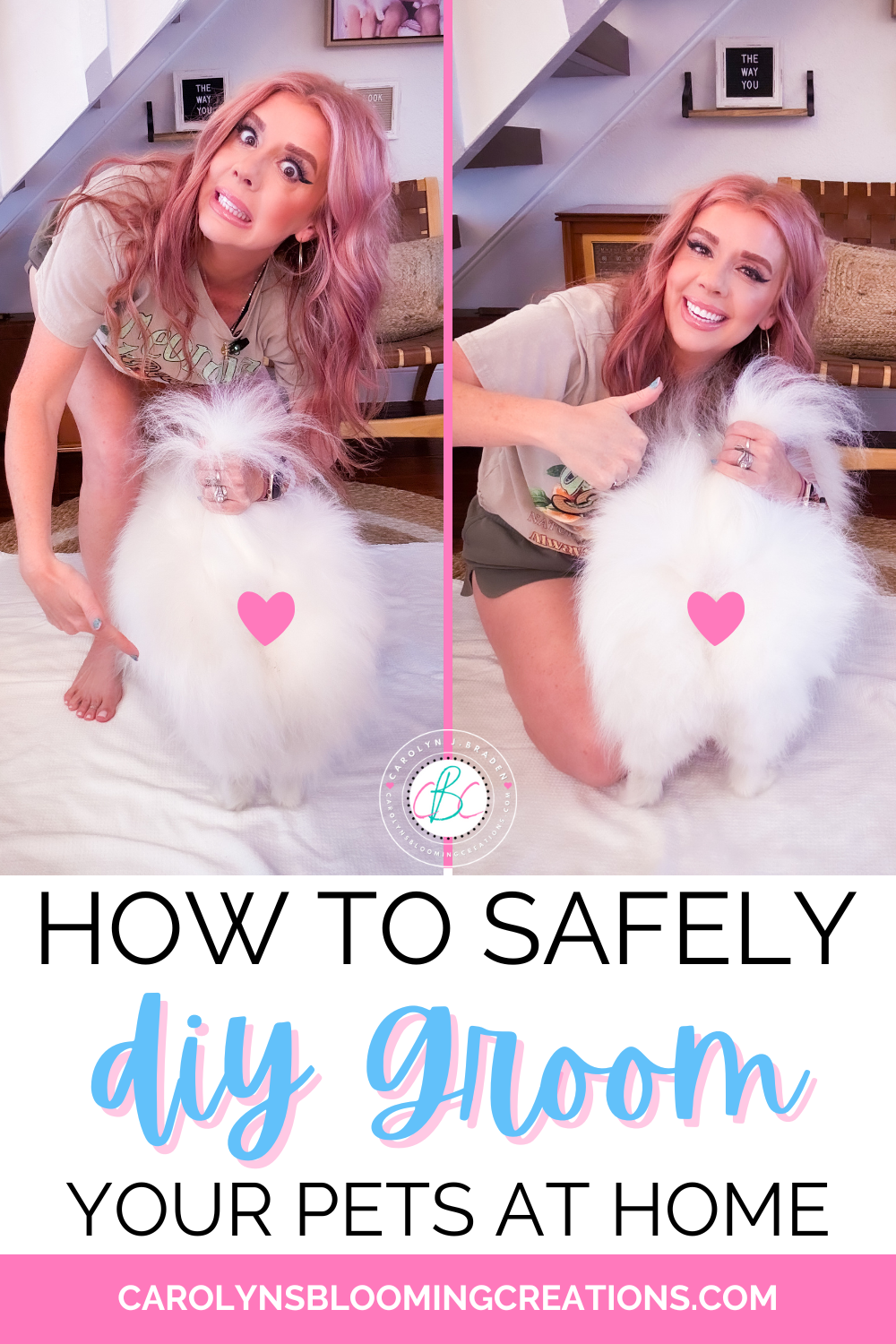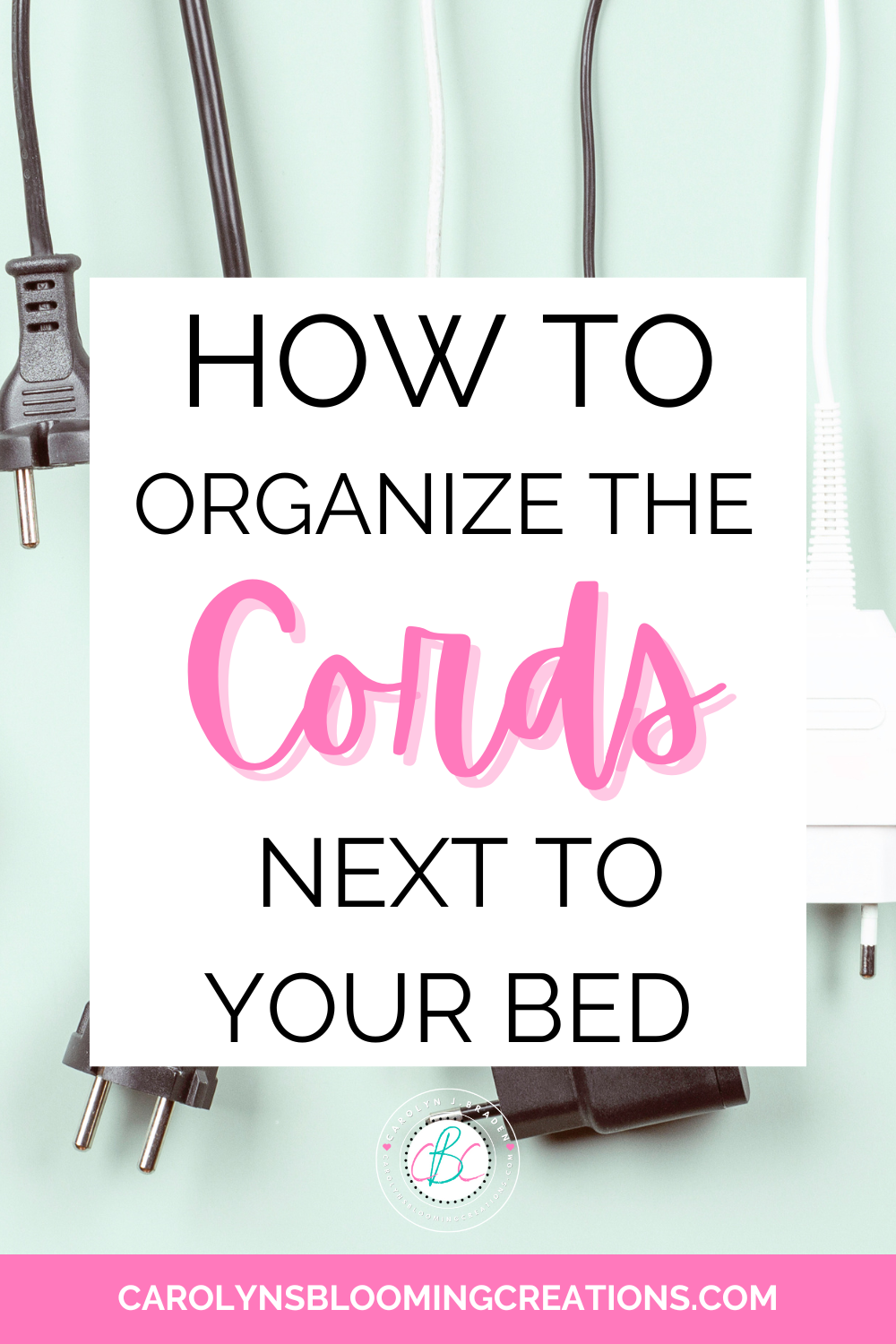C.J. Braden • 3 Minute Read
How to improve IAQ in your home
Your lungs are excellent at protecting themselves from natural contaminants in the air. Yet, they have evolved to cope with specific intruders and only go so far when breathing in hazardous materials. Unfortunately, hazards are in the air. So improving indoor air quality throughout the home has become a necessity rather than an option.
Burning certain candles can be a source of poor indoor air quality
More than 10 million people die per year from conditions and illnesses associated with polluted air. This is a massive number that not even Covid-19 fatalities are close to. In addition, diseases like asthma, emphysema, and cystic fibrosis are significantly affected by air quality, and they are common illnesses.
Fortunately, there are a few steps you can take to ensure your indoor air quality is as high as possible with easy-to-install devices. In addition, these devices provide long-term health benefits. Read on to learn how to improve IAQ in your home.
The Importance of Quality Indoor Air
No matter where you live, there are contaminants in the air. Pollen, microorganisms, and particulates are common in the air you breathe. Closing the windows might sound like a good idea to prevent lousy air. Yet, terrible quality indoor air is more harmful than the outdoor air in polluted areas.
Allergens can come from plants like dandelions
As well as the outside world, your home is polluted with irritants such as pet dander, dust, and gas. Therefore, good quality indoor air is essential for healthy living. Otherwise, you risk exacerbating issues such as asthma and allergies, and mold. Mold removal by professional technicians is advised over an off-the-shelf spray that doesn’t do much.
If you love this article, we think you’ll love this one by CBC too: How to Make a 10 Minute Plant Chandelier
Open the windows can kickstart air flow in your home
How to Improve IAQ
Opening the windows of your home to provide airflow is an excellent way to improve air quality. However, airborne contaminants from outside will come inside and can linger, causing problems. Fortunately, there are a few easy ways to increase the quality of indoor air:
HVAC systems: air conditioners won’t purify the air, but they will provide a steady stream of fresh air pumped in from outside.
HEPA filter purifiers: air purifiers are excellent since they capture contaminants in a filter and output cleaned air around the room.
Humidifiers: indoor humidity less than 35% is bad for your health. Humidifiers will output low levels of moisture which will help with dry air conditions such as asthma and dermatitis.
Cleaning your shades and blinds more often can help keep allergens down
Any of these solutions are relatively inexpensive and easy to install. However, one alone may not do much for optimal air quality conditions. Therefore, installing more than one device is advised. HVAC isn’t relevant for most, but a combination of a HEPA air purifier and proper room humidity is recommended.
Add plants for better indoor air quality
The Long Term Benefits
Breathing poor-quality air benefits nobody. But, when it comes to your family’s health, air quality is among the most important. By using HVAC, HEPA, or humidifiers, common issues can be reduced or eradicated altogether. Common problems associated with poor air quality include chest pains, lung damage, headaches, and nausea.
IAQ should be good in all rooms of your home
Obviously, good air quality will allow you to breathe easier. But there are more benefits associated with air cleanliness. When you sleep, you breathe heavier for longer, so cleaner air is a must. Additionally, HVAC will keep your room cooler, promoting better sleep. HEPA filters will also catch any harmful contaminants bound to linger in your night air.
C.J. Braden is a regular contributor and editor for Carolyn’s Blooming Creations. She has been featured in numerous media publications such as InStyle Magazine, on HGTV, on Bustle.com, and more. She is the author of the books Georgia McMasters in Amethyst Lake Cemetery, How To Be Yourself: 3 Little Ways to Get Back To You Being You, and the illustrator for the children’s book Bridging Connections. She is a former classroom teacher that now dedicates her life to educating others on how to live their most healthy, creative and happy life. Learn more about her visiting our About Us page.
This is a collaborative post and may contain affiliate links. All opinions and ideas expressed in this post, however, are based on my personal point of view.


